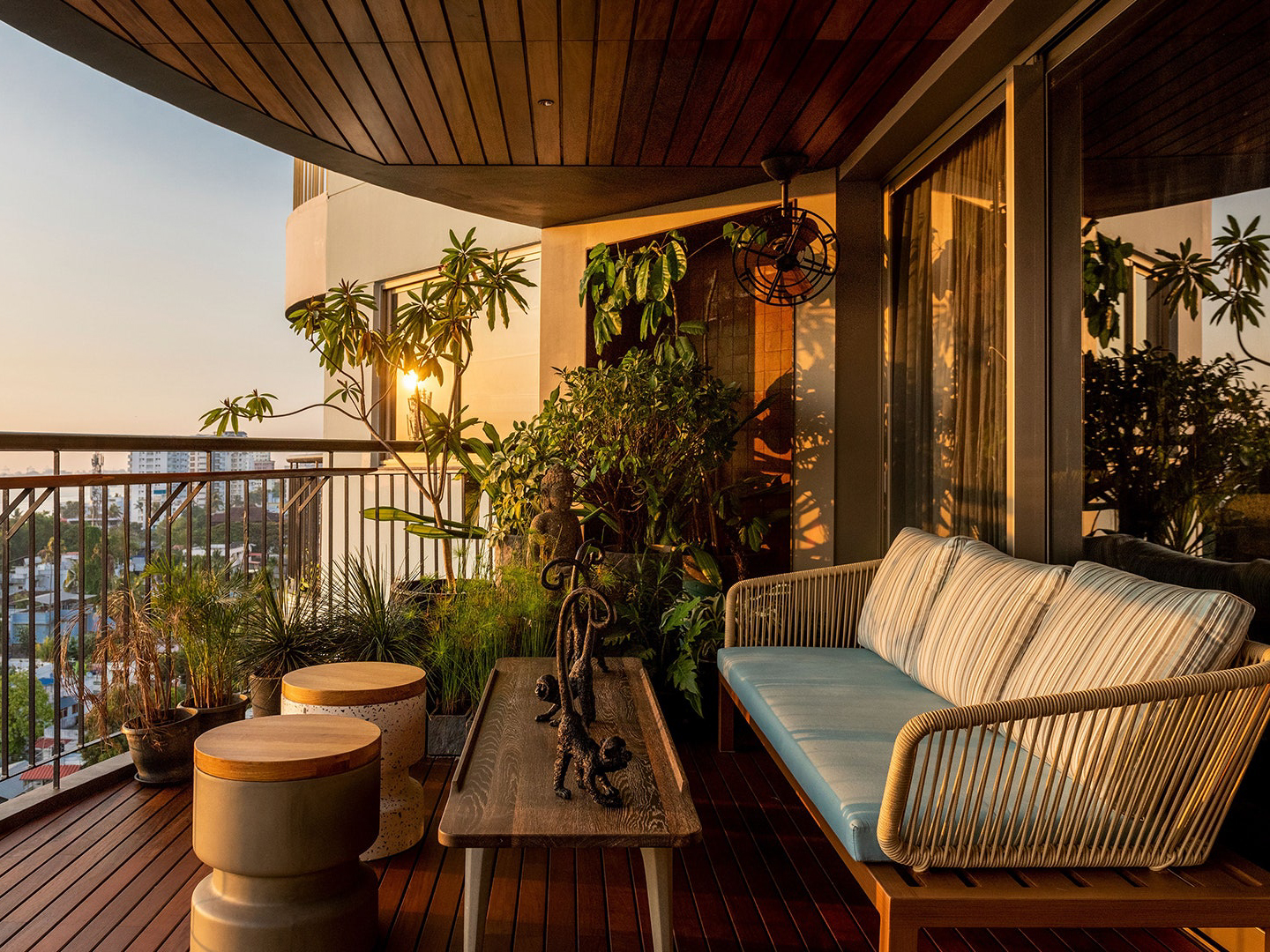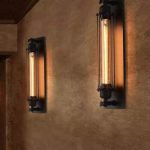Introduction
Lampa Kula is a unique type of art form that has gained popularity in recent years. It is a stunning and mesmerizing art that combines the use of light and colors to create a visually appealing and captivating work of art. The art form has its roots in the Turkish culture, but it has slowly spread to other parts of the world, captivating audiences with its beauty and intricacy.
The Origin of Lampa Kula
Lampa Kula originated in Turkey and was popularized in the 19th century. It was initially used to decorate mosques and other religious places, adding to the beauty and serenity of the places. The intricate designs were created using oil lamps and colored glass, which were carefully arranged to create stunning patterns and shapes. The art form soon gained popularity and was used in other areas, including homes and public spaces.
Lampa Kula: The Art of Illumination
Lampa Kula is the art of illumination, and it is a beautiful and intricate process. The artist begins by drafting the design on paper, before transferring it onto glass plates. The plates are then carefully cut, and the pieces are assembled to create the overall design. The final step is to light the lamps and watch as the colors come to life, creating a beautiful and breathtaking work of art.
The Use of Colors in Lampa Kula
Colors play a vital role in Lampa Kula, and they are carefully chosen to create the desired effect. Each color has its meaning and significance, and they are often used to convey a specific message. For example, red is associated with love and passion, while green is associated with nature and growth.
The Intricate Patterns in Lampa Kula
Lampa Kula is known for its intricate patterns and designs that are created using glass pieces. The pieces are arranged in such a way that they create a mesmerizing effect, capturing the attention of anyone who looks at them. The patterns are often inspired by nature and geometric shapes, and they are a testament to the artist’s skill and creativity.
Lampa Kula: The Modern Art Form
In recent years, Lampa Kula has evolved into a modern art form, with artists using new techniques and materials to create stunning works of art. The use of LED lights and other modern technologies has made it possible for artists to experiment with new designs and patterns, taking the art form to new heights.
The Future of Lampa Kula
Lampa Kula has come a long way from its origins in Turkey, and it has a bright future ahead. As more people become familiar with the art form, more artists are likely to explore it, adding their unique perspectives and styles. It is an art form that can be enjoyed by people of all ages and backgrounds, and it has the potential to become even more popular than it is now.



